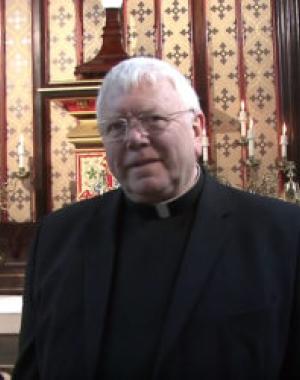Fr. Paul Watson explains the significance to the Sabbath as portrayed in this miracle.
When Jesus begins to perform miracles in the Gospel of Mark, it is interesting to note that the first few miracles happen in the context of the Sabbath. In the first chapter of his Gospel Mark records the cure of the demoniac in the synagogue on the Sabbath, followed by the cure of Simon’s mother in law, who had a fever. We are told that ‘that same evening, after sunset, they brought to him many who were sick and those who were possessed by devils. The whole town (Capernaum) came crowding round the door, and he cured many who were suffering from diseases of one kind or another; he also cast out many devils, but he would not allow them to speak, because they knew who he was.’ Again, in chapter 3, Mark relates that Jesus went into the synagogue, and there was a man there who had a withered hand. ‘And they were watching him to see if he would cure him on the Sabbath day, hoping for something to use against him’.
The miracle reveals Jesus as the fulfilment of God’s creation – the man who is completely faithful to the Sabbath. And at the same time, Jesus is the saving presence of God Himself bringing about the new Covenant and the true Sabbath.
The rest of this online article is available for current Guild members.
This article is from The Sower and may be copied for catechetical purposes only. It may not be reprinted in another published work without the permission of Maryvale Institute. Contact [email protected]


















